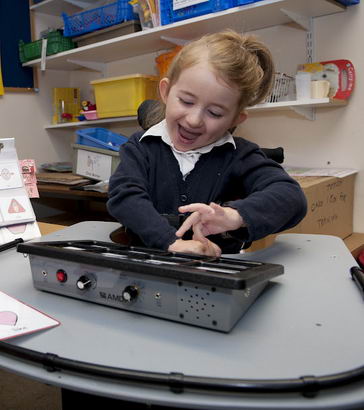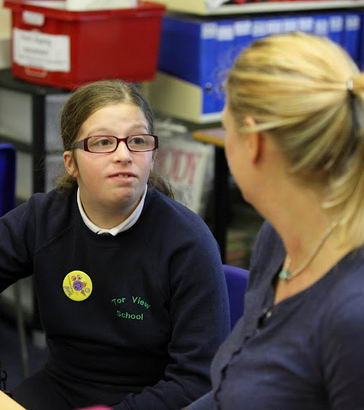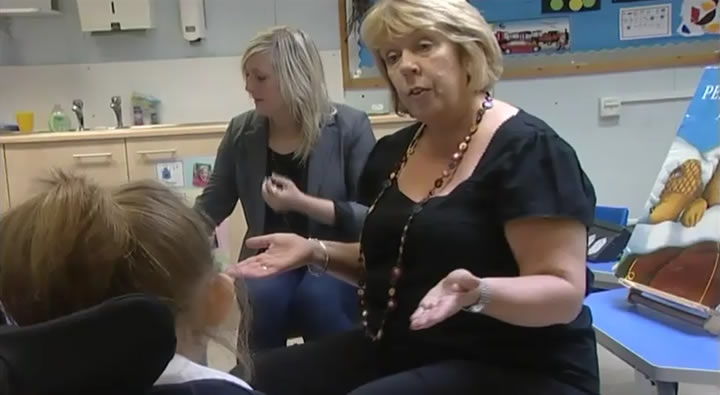The term 'engineered' pedagogy would suggest that pedagogy could be altered according to need. What is understood by this
is that not all children have the same way of learning and pedagogy requires adjustment according to who is being taught.
Those with different learning styles, especially those with impairments which hinder learning, need to have particular teaching
approaches to optimise
their progress.
Psychologists of education and developmental psychologists are the research experts in the field of identifying appropriate
teaching styles. These professional disciplines bring a great deal of influence to the strategies used by those in teaching
roles. Consider, however, the extent to which teachers in schools have direct dialogue with educational and
developmental psychologists.
Learning is based on sharing the expertise of the teacher with that of the learner. This is known as 'construction of knowledge'.

Does language always have to be spoken? For physical and other reasons some children cannot or do not speak. Think of the ways in which we support children who cannot communicate through speech. How can we work with speech and language therapists to develop communication for non-verbal children?
What aids can the children use, and who is able to assess a child's communication and provide access to equipment? Does all intervention require direct work with other disciplines? For high tech aids there is often a need for specialist professional involvement in order to access funding.
In the video Sophia is learning to communicate through indicating pictures and operating recorded voice.
Visual picture aids are helpful but quite restricting. Modern technological aids are opening pathways so that communication
is easier and more fluent. Sign language helps teachers and children to communicate. Signing can reduce frustration and help
speech therapists encourage efforts in
spoken language.

Talking to children in class can be reassuring and comforting, informative and instructive. Leading the talk can direct
learning but listening is also important. Children can be encouraged to lead and 'tell'. It is important that children can
communicate and share understanding by whatever means
they have.
Working with speech, music and physiotherapists children can 'mix and match' messages through gesture, touch, smiles, sound
and
pictorial representation.
Can you think of other ways of sharing understanding and encouraging communication with children whose spoken language is impaired?

Read more about 'construction of knowledge' in the work of Prof. Neil Mercer of Cambridge University (http://www.educ.cam.ac.uk/people/staff/mercer) and Prof. Karen Littleton of the Open University (http://fels-staff.open.ac.uk/k.s.littleton).
